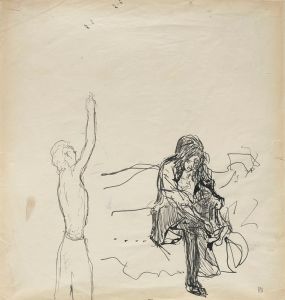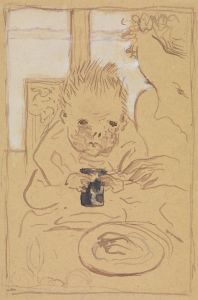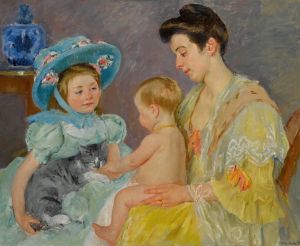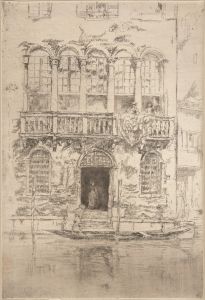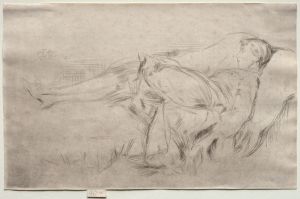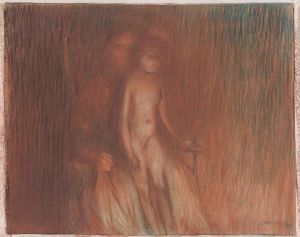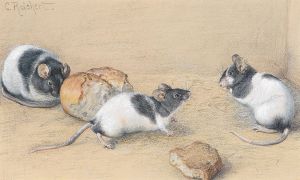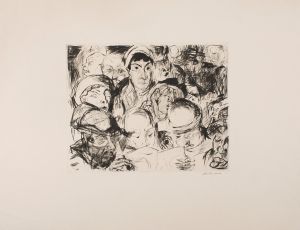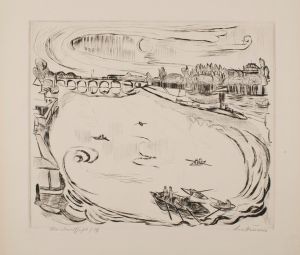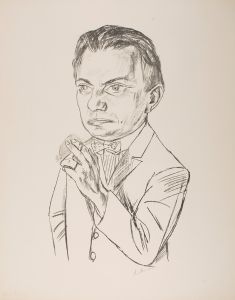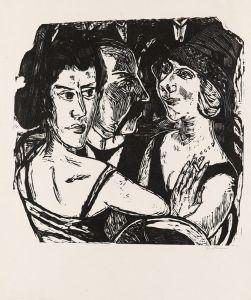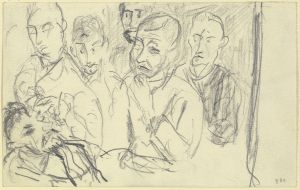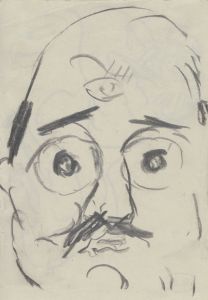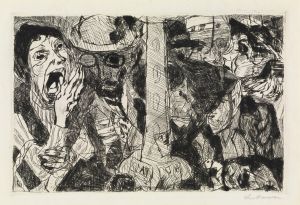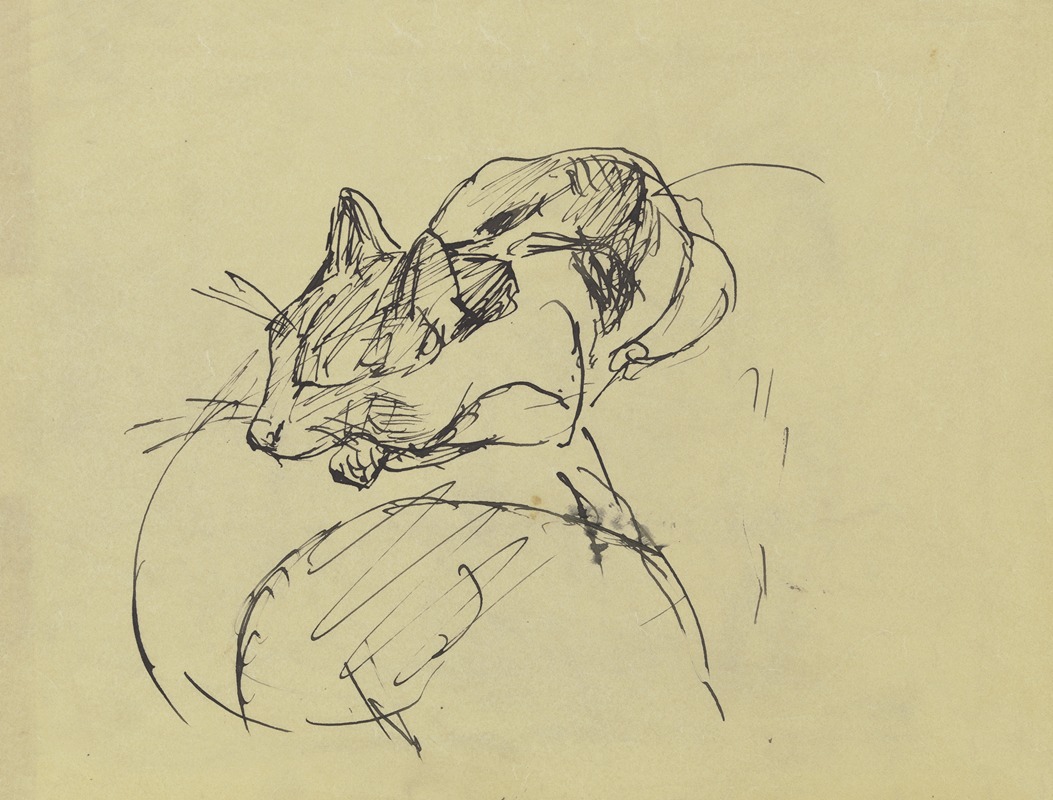
Cat
A hand-painted replica of Max Beckmann’s masterpiece Cat, meticulously crafted by professional artists to capture the true essence of the original. Each piece is created with museum-quality canvas and rare mineral pigments, carefully painted by experienced artists with delicate brushstrokes and rich, layered colors to perfectly recreate the texture of the original artwork. Unlike machine-printed reproductions, this hand-painted version brings the painting to life, infused with the artist’s emotions and skill in every stroke. Whether for personal collection or home decoration, it instantly elevates the artistic atmosphere of any space.
Max Beckmann, a prominent German painter, created the artwork known as "Cat" in 1937. Beckmann is renowned for his contributions to the Expressionist movement, although he himself rejected the label and preferred to be seen as an independent artist. His works often reflect the tumultuous socio-political environment of early 20th-century Europe, characterized by bold colors, dramatic forms, and complex symbolism.
The painting "Cat" is a striking example of Beckmann's mature style, which often features a blend of realism and abstraction. In this work, Beckmann captures the essence of a cat with a keen eye for detail and a unique approach to form and color. The cat is depicted with a sense of immediacy and presence, showcasing Beckmann's ability to convey emotion and character through his brushwork.
Beckmann's use of color in "Cat" is particularly noteworthy. He employs a rich palette that brings the subject to life, using contrasting hues to create depth and interest. The painting's composition is carefully balanced, with the cat positioned in a way that draws the viewer's eye and invites contemplation. The background, while less detailed, complements the subject and enhances the overall impact of the piece.
"Cat" was created during a period of significant personal and political upheaval for Beckmann. In 1937, the Nazi regime in Germany declared his work "degenerate," and he was dismissed from his teaching position at the Städelschule in Frankfurt. This forced Beckmann to flee Germany, eventually settling in Amsterdam. Despite these challenges, Beckmann continued to produce art that was both innovative and deeply personal.
The painting reflects Beckmann's resilience and determination to continue his artistic journey despite external pressures. It is a testament to his skill as a painter and his ability to find inspiration in everyday subjects, transforming them into profound works of art.
"Cat" is part of a broader body of work that includes portraits, still lifes, and allegorical scenes. Beckmann's oeuvre is characterized by its exploration of the human condition, often delving into themes of identity, power, and existential struggle. His work remains influential, and he is regarded as one of the most significant artists of the 20th century.
Today, Max Beckmann's "Cat" is appreciated for its artistic merit and historical significance. It serves as a reminder of the artist's unique vision and his ability to capture the essence of his subjects with both sensitivity and strength. Beckmann's legacy continues to be celebrated in museums and galleries worldwide, where his works are studied and admired by art enthusiasts and scholars alike.





